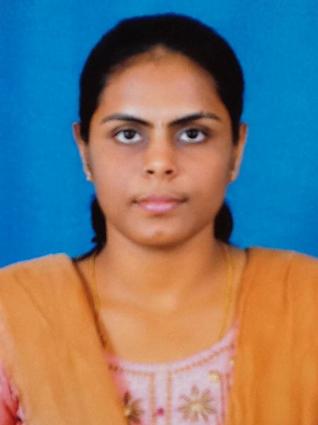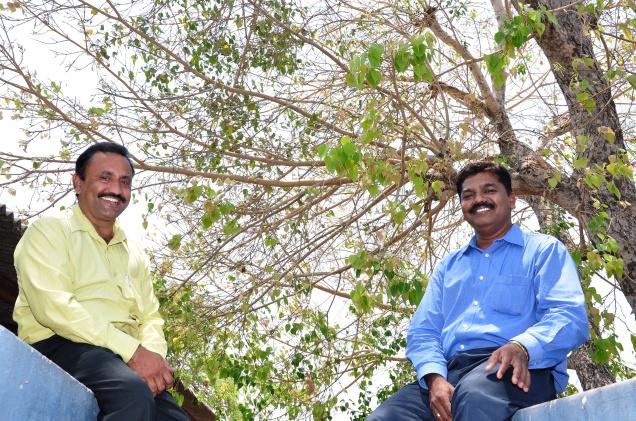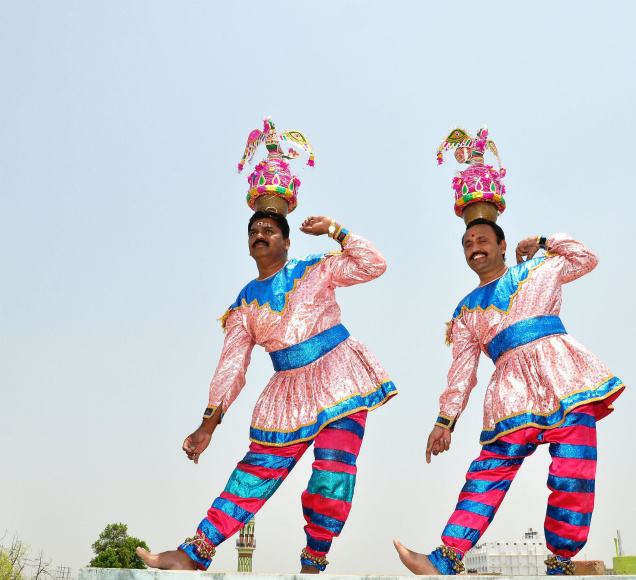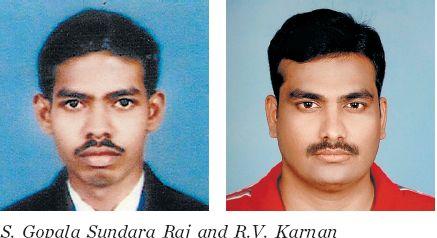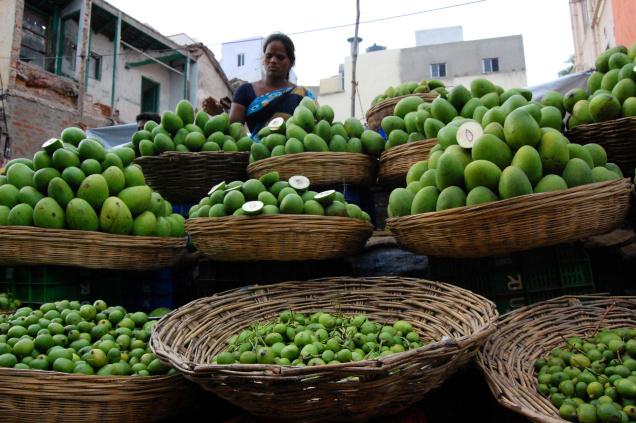Ignoring threats and entrenched interests, the admired and controversial T N Seshan helped clean up India’s elections. T E Narasimhan meets the changemaker in retirement
It is with some trepidation that I walk into T N Seshan’s house on St Mary’s Road in Chennai. It is called Narayaneeyam, which is the title of a medieval text composed by Melpathur Narayana Bhattathiri, a Sanskrit poet of Kerala. Seshan is the no-nonsense former cabinet secretary and chief election commissioner; he also won the Ramon Magsaysay Award for Government Service in 1996. He is credited with having helped clean up Indian elections — and is, perhaps not surprisingly, known to have a short fuse.
Seshan’s office wanted the list of questions ahead of our meeting, and informed me that he would not answer questions on national politics, nor discuss any issue outside the original list of questions.
So I reach his house 15 minutes early. Unlike the other residences in this upmarket neighbourhood, Narayaneeyam, where Seshan lives with his wife Jaya, is built in the Kerala style. A sparkling-clean car stands in the driveway. There is a small garden and a verandah. A Ganesha idol rests on the floor, and a picture of Ganesha above the main door. A CCTV camera keeps an eye on visitors.
From the foyer a staircase leads up to the living room and library. At the stroke of 3 pm, I am let into the visitor’s room on the ground floor. Seshan, who will turn 80 next week, is dressed in a half-sleeve brown shirt and veshti, the kind of dhotiworn by Brahmins. He has put on weight since he was last in the news.
The room is serene; the only noise is the rumble of an old air-conditioner. Where he sits, within arm’s reach are two remote controls and a cordless phone. On display behind him, and also around the television set placed in front of him, are the various accolades and souvenirs he has received. In one corner is an idol of Ganesha; in another, an automatic foot massager. To one side is a shelf with audiocassettes and a cassette player. He offers a drink of buttermilk.
In spite of the repressive “advisory” of his office, Seshan speaks freely. He has aged since his government days, but still speaks with his famous conviction. Not once does his memory falter.
Tinnellai Narayana Iyer Seshan is best remembered as the man who cleaned up Indian elections. To the public he was a hero. And he revelled in that status. A Delhi journalist who watched Seshan conduct a “town hall” meeting in those days remembers that he handled the audience with great skill. Dressed in a loose kurta and pyjama, he was direct and crisp, and impatient with long-winded questions. His punch line for the evening was: “Tu cheez badi hai bhrasht bhrasht” (“You are very corrupt-corrupt,” a take on a then-popular film song).
Another journalist remembers Seshan’s informal monthly get-togethers when he was the cabinet secretary (the country’s top bureaucrat). He once asked a secretary to furnish some information to journalists the very next day, although it was a Sunday. He relented only when the secretary remonstrated. His detractors called him authoritarian, egotistic, eccentric and publicity-hungry.
Sixteen years after he left the Election Commission in 1996, Seshan lives a quiet life. He devotes most of his time to the Internet, and to his library of over 1,000 books. The library upstairs, which he invites me to see, contains an eclectic mix of books on philosophy, politics, history, economics and Shakespeare.
He says he is currently reading the Vivekachudamani, a long Sanskrit poem composed by Adi Shankar, founder of the Kanchi Mutt. The poem is in the form of dialogue between a master and his disciple, where the master explains nature and the atman (the self, in Hindu philosophy). It should be noted that Seshan was attached with the Mutt when it was run by Jagadguru Chandrasekharendra Saraswati Swamigal (1894-1994). He also follows Sri Sri Ravi Shankar, Sai Baba and Amritanandamayi Devi, though he says he is not “over-attached”.
Seshan is on the faculty of the Great Lakes Institute of Management in Chennai, where he teaches leadership. He had been asked to lecture bureaucrats-in-the-making at the Lal Bahadur Shastri Academy in Mussoorie, but his frankness ensured the stint was short. “When I took the first batch, my first remark for the students was, ‘A paanwala will earn more than what you earn.’ I was being both brutal and fair.” Seshan had, in the past, set up the Deshbhakt (Patriot) Trust with like-minded people for social reforms. Now, however, he “only spends time at the Great Lakes Institute and at home”.
On the hard disk of his computer rests Seshan’s autobiography. “I have written my autobiography and it is ready. But I am not planning to publish it since it will hurt many people. I wrote it just for my satisfaction,” he says.
* * *
Seshan was the youngest of six siblings in a middle-class family. His father was a lawyer in the district court. “My father came up the hard way,” he says. “During our childhood, we were not denied our needs, but we didn’t live in luxury.” His mother once beat him for spending 4 annas (25 paise) on food in a restaurant without permission. “There are certain lessons you learn from your childhood. It is not that we shouldn’t spend money, but that we shouldn’t spend blindly. This incident helped me to be a clean-handed person in my career. You will not find even one single wrong rupee in my account. Money was not wrongly spent, be it public or personal. I lived with the principle of integrity, absolutely fearless.”
Seshan went to school in Kerala, then studied science at Madras Christian College in Chennai, where he says he won a gold medal for outstanding performance — but at the cost of his social life. He was a bookworm, in the college “hostel morning, evening and night”.
With few job opportunities in the early 1950s for young scientists, Seshan became a lecturer in the same college at 19. He left in 1953 because the monthly salary was a paltry Rs 180. He decided to make a career in the civil services, and topped the police examination in 1953. “I did not take up police service,” he says, “because I would have had to deal with criminals all the time and eventually would have become hard-hearted.” In 1955, he topped the IAS entrance exam and began his long journey as a bureaucrat.
Seshan started in Tamil Nadu and then moved round the country before arriving in Delhi. Despite the prominence of his later positions, he counts his time as director of transport for Madras as one of his most memorable assignments. There he managed 3,000 buses and 40,000 staff. One of the bus drivers once asked Seshan how he would grasp drivers’ problems when he did not understood bus engines or know how to drive a bus. Seshan took this as a challenge and not only learnt to drive but also spent long hours at the workshop. “I could dismantle engines and put them back and drive the bus also,” he says. Once he stopped a driver in the middle of the road, took the wheel and drove the bus, full of passengers, for 80 km!
* * *
But the assignment most Indians will remember Seshan for is chief election commissioner. He was chosen by the then prime minister, Chandra Shekhar. According to Seshan, the then law minister, Janata Party leader Subramanian Swamy, played a vital role in the appointment, for which Seshan says he is still grateful. His association with Swamy goes back to Harvard University, where the government had sent Seshan to do a course in public administration, and Swamy was then teaching.
“I assumed the office when I didn’t know the rules and how the Election Commission operates,” says Seshan. “I had never conducted an election. I went with two principles: zero delay and zero deficiency.” During his early days on the job, Seshan identified over 100 common electoral malpractices, including the preparation of inaccurate election rolls, mistakes in setting up polling stations, coercive electioneering, spending more than the legal limit, using goons to snatch polling booths and general abuse of authority. The challenges were enormous, but Seshan says they didn’t intimidate him. “I am like a ball. The more you kick me, the more I will bounce back.” The cleanup began with his own office. Long lunch breaks were banned, and tennis and library during office hours was brought to an end.
It was Seshan who began issuing identity cards to voters. “We [the Election Commission] wanted to issue photo identification cards to all legal voters,” he says. “The politicians bitterly protested this move, claiming that it was unnecessary and expensive.” After waiting nearly 18 months for the government to act, Seshan announced that if voter identity cards were not issued, no elections would be held after January 1, 1995. A number of elections were, in fact, postponed for this reason. The Supreme Court eventually interceded and ruled that since voting was an inherent right of citizens, it could not be postponed indefinitely because voters lacked identity cards. Even so, Seshan’s insistence led the government to start issuing identity cards. By 1996, Seshan’s last year on the job, 2 million voters had ID cards.
The other reform related to election expenses, ostentatious campaign displays and residency requirements. Seshan instituted the practice of using election observers, who were senior officers of the National Tax Bureau. He also implemented Section 77 of the Representation of the People Act of 1951, which made it obligatory for candidates to keep an accurate account of their expenditure and set a ceiling on the amount they could spend on their campaign.
During the 1993 Lok Sabha elections, Seshan monitored electoral expenses round the clock from a control room at the Election Commission headquarters. One of his officers was assigned to each state. Altogether, according to reports, 1,488 candidates for Lok Sabha were disqualified for three years because they failed to submit an account of their expenses. It was reported that Seshan reviewed more than 40,000 alleged cases of false election returns and disqualified 14,000 potential candidates from public office. He was impervious to the demands of politicians; so much so that in 1992, when the Commission under him cancelled elections in Bihar and Punjab, some politicians tried to have him impeached.
“It was not that I introduced a new reform in the system,” says Seshan. “In fact, I didn’t even add one comma, semicolon or a full stop to the Act. Whatever was said in the Act, I implemented.”
Notwithstanding my original trepidation, and despite his fearsome reputation, Seshan is not curt, arrogant or bitter.
source: http://www.Business-Standard.com / Home> Life & Leisure / by T E Narashimhan / May 12th, 2012
